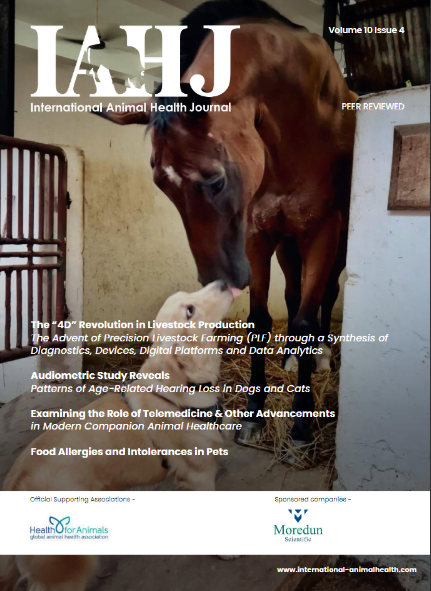
The first quarter of 2018 saw the highest ever recorded diagnostic rate of the pig virus porcine reproductive and respiratory syndrome (PRRS), latest figures show.
According to the Animal Plant and Health Agency’s (APHA) GB Emerging Threats Quarterly Report, the virus has increased to record levels.
It shows that the first quarter of 2018 was the highest recorded quarterly diagnostic rate (16.6%) with the previous highest being in Q4 2016 (12.7%).
PRRS is an economically important disease which causes reproductive failure in breeding stock and respiratory tract illness in young pigs.
The seasonality pattern with a peak in diagnoses in winter months and dip in summer months is familiar, according to the National Pig Association (NPA).
The pig industry body said that the data supports anecdotal reports from pig practitioners of continued clinical problems associated with PRRS.
“The rise may well reflect better survival and transmission of the virus in cooler, darker and less dry weather conditions, as well as colder wetter weather making effective cleaning and disinfection harder to achieve,” the NPA said.
“Temperature fluctuations and ventilation issues that can occur over the winter months may also contribute to PRRS as for other respiratory diseases.”
The majority of diagnoses were made in submissions from pigs in England.
First quarter of 2018 sees record diagnostic rate of pig virus ‘PRRS’
Animal Health Media © 2024, All Rights Reserved – Powered by Teksyte











